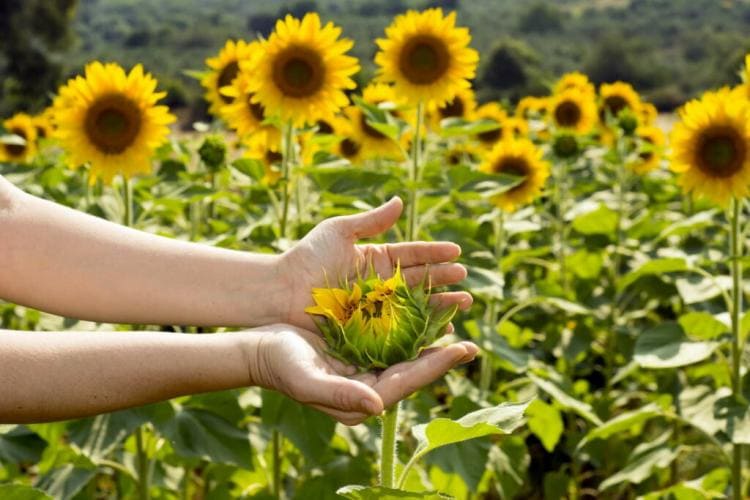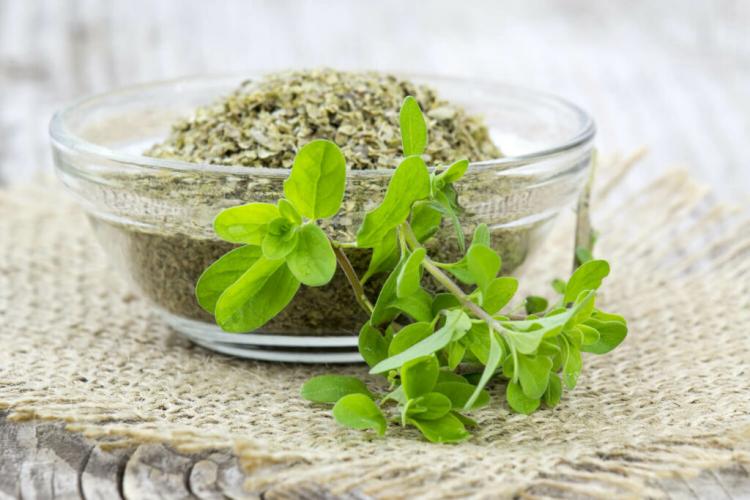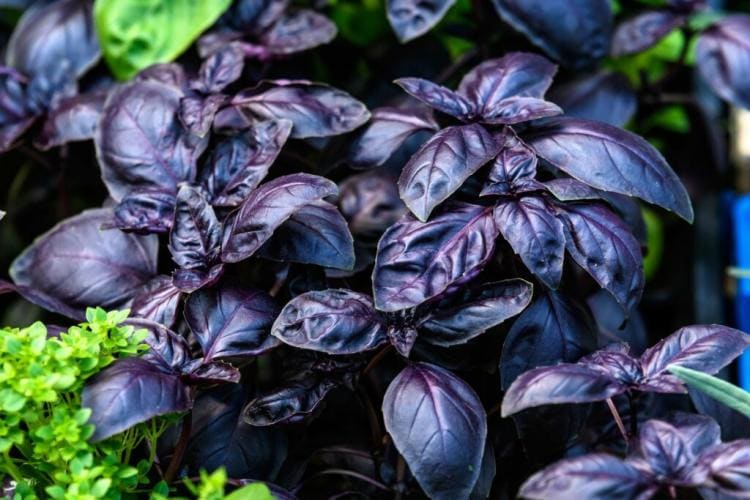Cuttings & Vegetative Propagation: Common Problems
One can easily create clones of a plant via vegetative propagation. But problems can also arise here.
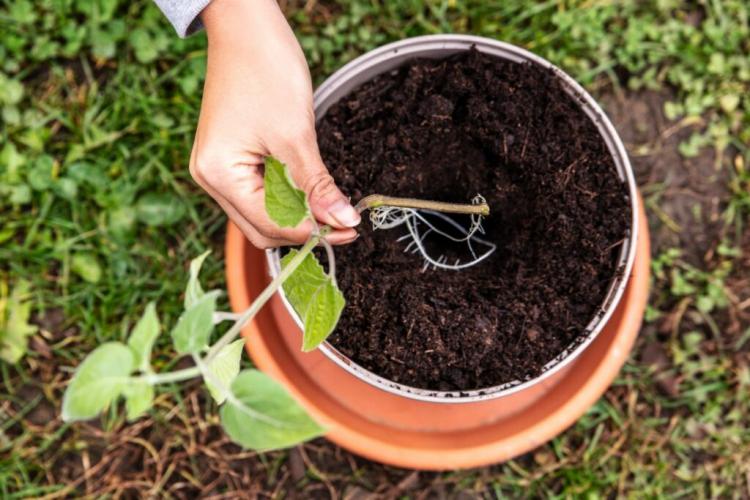
The right substrate is important for cuttings [Photo: Miriam Doerr Martin Frommherz / Shutterstock.com]
If it is not possible to propagate a plant species via seeds or if you absolutely want to preserve the properties of a plant, you can fall back on forms of vegetative propagation. Since this takes place without seeds, it is also known as asexual or asexual reproduction. The best known is probably the propagation of cuttings. However, systems have already developed in nature through which plants can clone themselves. Runners with Kindeln – small, independent plants – in strawberries, for example, are one of them. Onions and potatoes form daughter onions or tubers. If these are planted, independent plants develop from these plant storage organs. Other methods involve targeted human intervention to create clones of a plant. The so-called mossing on lignified shoots is one of them. And the processing, as it is done with fruit trees or tomatoes and cucumbers, is such a vegetative form of propagation. As a rule, there are no major problems with these propagations.
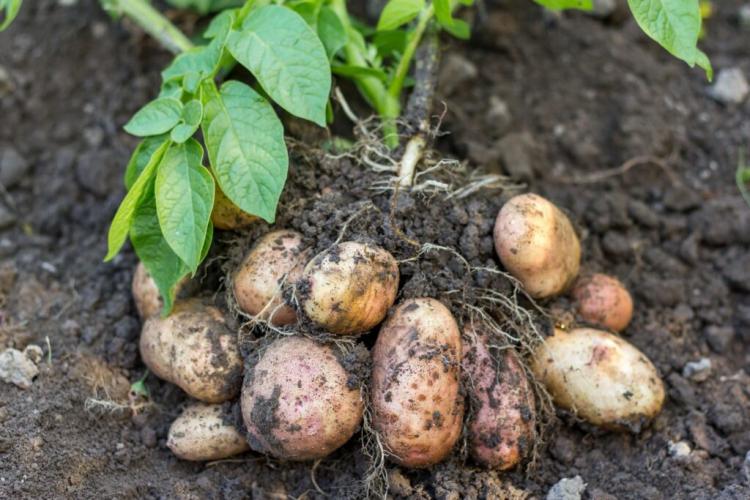
Potatoes form daughter tubers [Photo: Dmitri Malyshev / Shutterstock.com]
Propagate cuttings
It is different with propagation via cuttings. This is probably the most widespread asexual reproduction and can also be easily carried out at home. The tip of a shoot, which is as unwooded as possible, or another herbaceous section of the shoot is cut and put into a special substrate for cuttings such as our Plantura organic herb and seed soil for rooting. However, there are a few things to consider when creating plant clones in this way. Otherwise, problems can arise that make it difficult for the cuttings to take root.
Propagating cuttings: problems
- Lack of hygiene
If cuttings are taken from several plants and the knife has not been disinfected in the meantime, plant diseases can easily be transmitted from one mother plant to the other or to the cuttings.
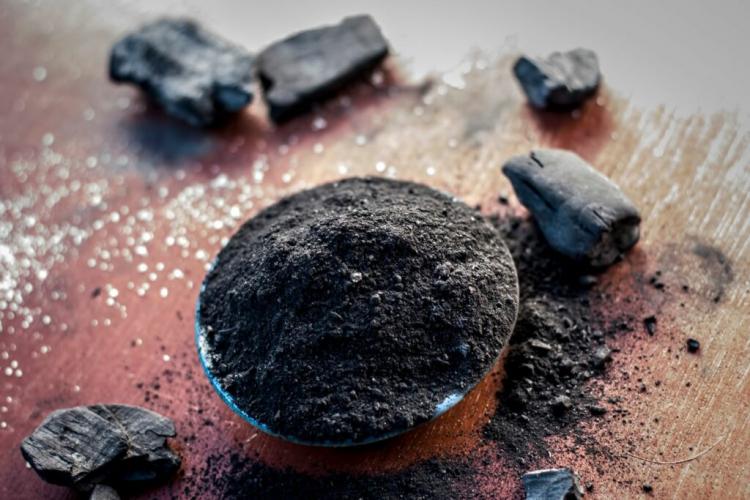
Carbon powder can be applied to interfaces for disinfection [Photo: mirzamlk / Shutterstock.com]
- Long storage
If the cuttings are stored for a long time, the success of the rooting can suffer. With increasing storage time, the energy reserves of the cuttings, which are required for rooting, are broken down. Therefore, the cuttings should be inserted as quickly as possible after cutting. If stored, then at lower temperatures in the refrigerator.
- Humidity too low
Cuttings do not yet have roots and consequently cannot absorb water. Therefore, water evaporation must be kept as low as possible. To do this, you can place the cuttings in a mini greenhouse for the windowsill.
- Fungal attack
The propagation of cuttings is known for problems with fungal attack on the cuttings. The interface is a convenient entry point for the pathogens. Sometimes the leaves of the cutting are shortened to reduce transpiration and thus the need for water. This also favors the infestation with fungi. If the humidity is kept high too long, the leaves will soon begin to rot.
- Bad root formation
Roots simply don't want to form on the cutting – what could be the reason? The wrong time can already be responsible for this. There must be sufficient light and warmth. Therefore, propagation in autumn or winter is unlikely to lead to success. The optimal season for propagating cuttings is late spring or early summer. Root formation can be accelerated with a higher temperature in the root space. A special heating mat from specialist retailers is ideal for this purpose. The bowls or trays with the cuttings are placed on top and thus heated in the root space.

A lot of light and heat is required for good rooting of the cuttings [Photo: TY Lim / Shutterstock.com]
- Bad growth
After successful rooting, the cuttings may no longer grow. Then it usually helps to pot the young plants in fresh, nutrient-rich substrate and in a larger container. Substrates for propagating cuttings are deliberately poor in nutrients – this creates more favorable conditions for rooting.
You can find more tips on vegetative propagation in our article on the optimal conditions for propagation from cuttings.

